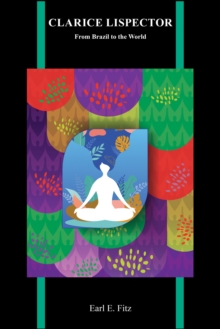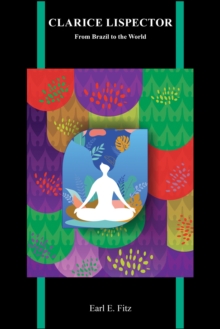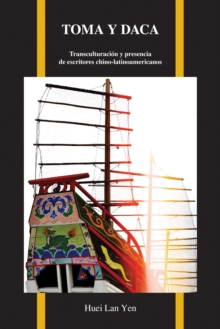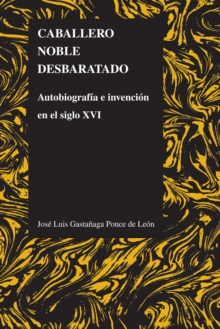
Neorrealismo y cine en Cuba : Historia y discurso entorno a la primera polA©mica de la RevoluciA³n, 1951-1962 Paperback / softback
by Anastasia Valecce
Part of the Purdue Studies in Romance Literatures series
Paperback / softback
- Information
Description
Neorrealismo y cine en Cuba: Historia y discurso entorno a la primera polémica de la Revolución, 1951–1962 [Neorealism and Cinema in Cuba: History and Discourse on the First Polemic of the Revolution, 1951–1962] examines the aesthetic history and relations between Cuban film production and Italian Neorealism.
The historical framework begins in 1951 before the triumph of the Cuban Revolution and ends in 1962, a year that marks a rupture between Cuban filmmakers and the Italian neorealist aesthetic.
The main collaborations happened between Cuban directors Tomás Gutiérrez Alea and Julio GarcÃa Espinosa and Italian neorealist filmmaker Cesare Zavattini.
The circumstances that led to the end of the relationship between Zavattini and the Cuban filmmakers are connected to the film El joven rebelde [The Young Rebel], directed by GarcÃa Espinosa and screened for the first time in 1961.
The rupture centered on creative and ideological differences regarding the way in which the protagonist was to be portrayed in the movie.
This seemingly minor disagreement had considerably larger repercussions, the end result of which was that GarcÃa Espinosa and Gutiérrez Alea, as well as the rest of the Cuban filmmakers who worked within the Instituto Cubano del Arte e Industria Cinematográficos (ICAIC) after 1959, were driven to find their own creative strategies to craft a national film production.
However, the Cuban filmmakers would not have found the necessary grammar to rewrite their own revolutionary cinema without the rupture with Zavattini.
This new cinematographic language could not have existed without the various pauses and the distances that characterized the Cuban relationship with Neorealism.
In other words, the fragmentary interchange between GarcÃa Espinosa, Gutierrez Alea, and Zavattini created new spaces in which the Cubans could find creative opportunities to express their own cinematic vision.
Information
-
Available to Order - This title is available to order, with delivery expected within 2 weeks
- Format:Paperback / softback
- Pages:232 pages, 5 illustrations
- Publisher:Purdue University Press
- Publication Date:30/11/2020
- Category:
- ISBN:9781557539878
Information
-
Available to Order - This title is available to order, with delivery expected within 2 weeks
- Format:Paperback / softback
- Pages:232 pages, 5 illustrations
- Publisher:Purdue University Press
- Publication Date:30/11/2020
- Category:
- ISBN:9781557539878



